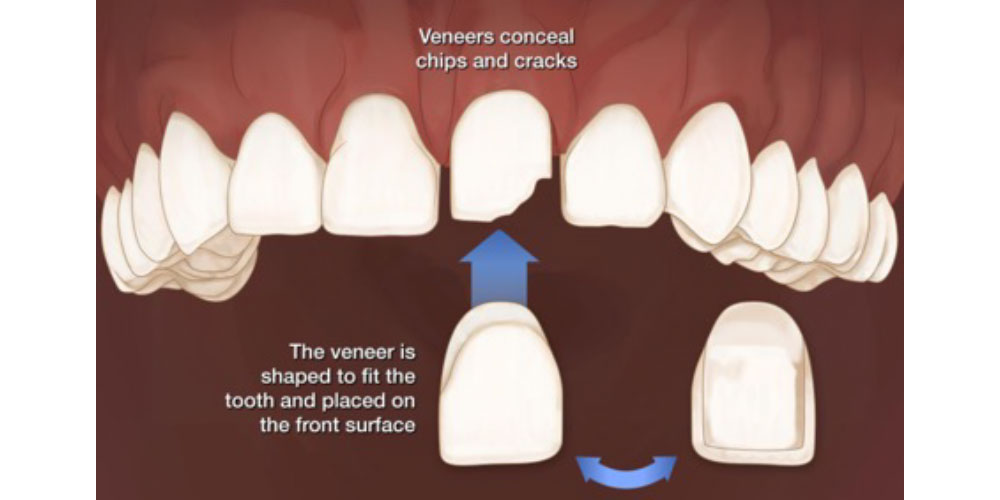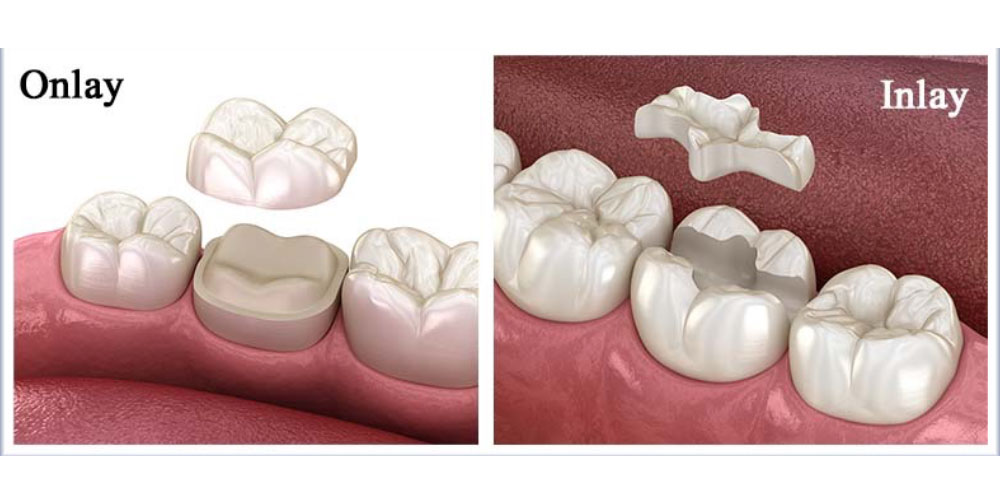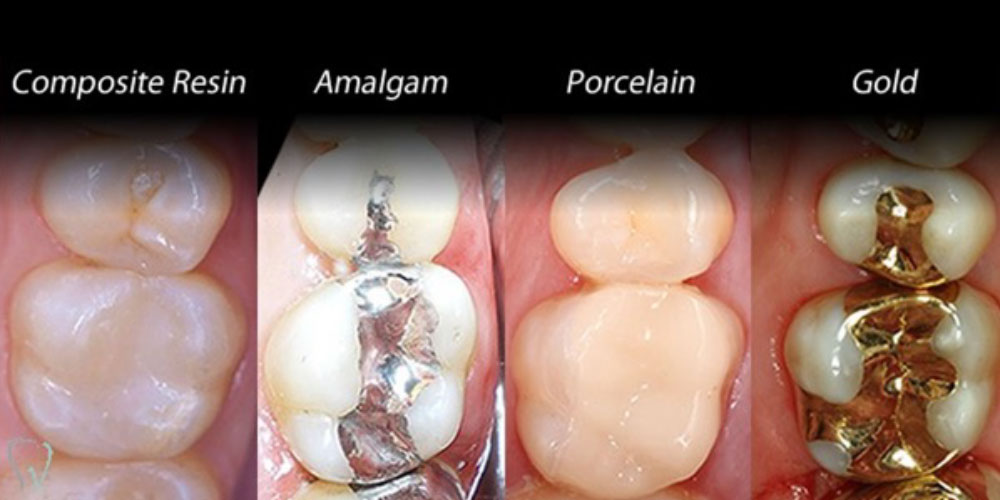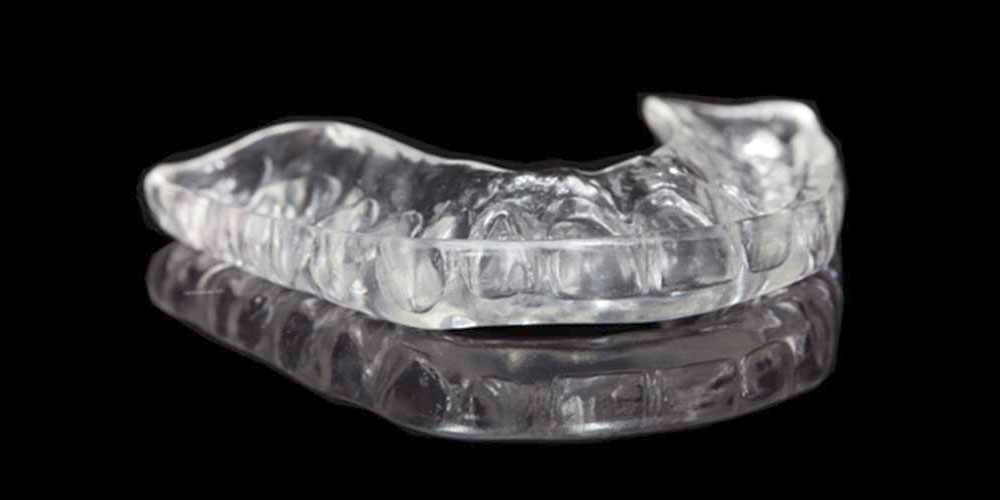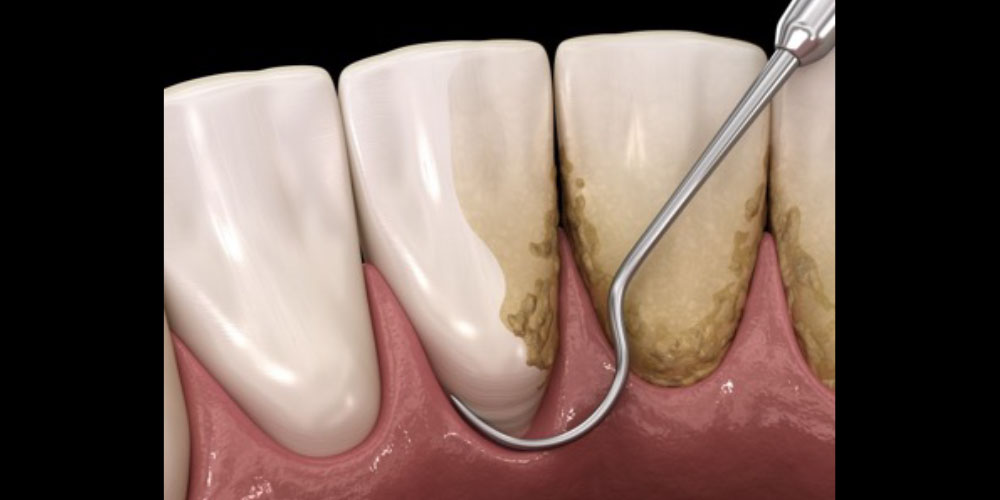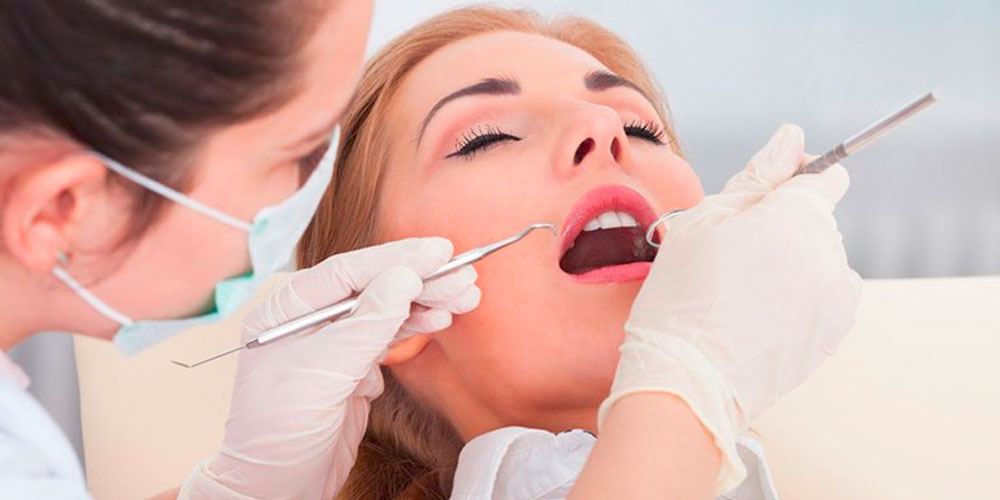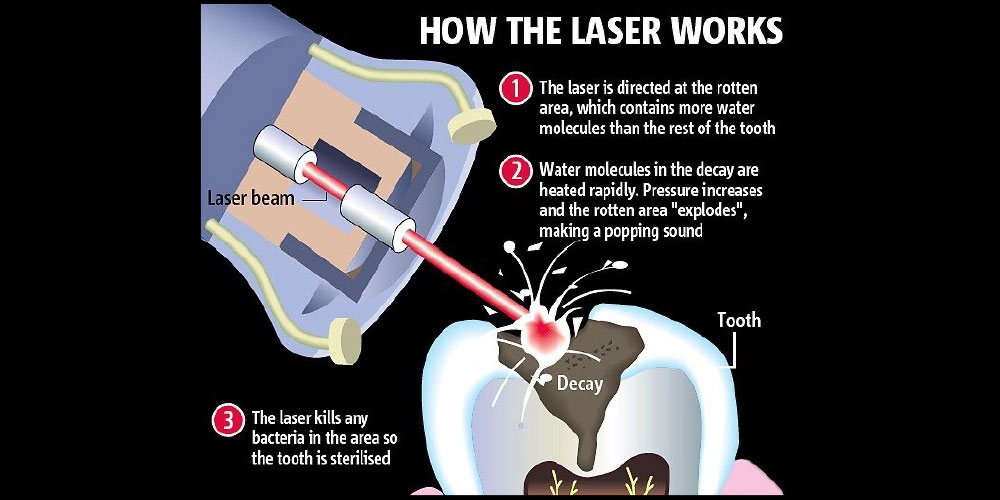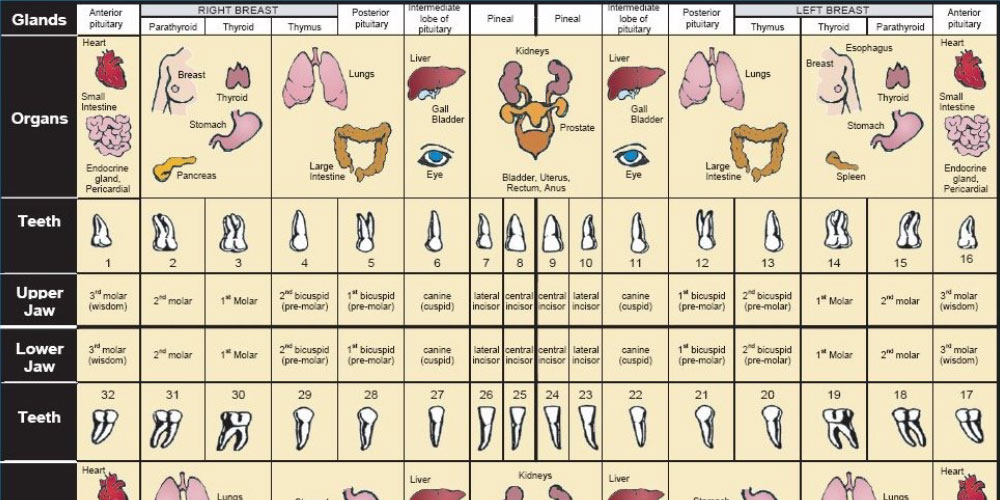Veneers
Dental veneers are thin, custom-made shells that dentists can place on the front of the teeth to improve their appearance. Veneers can hide stained, chipped, and uneven teeth. There are two types of veneers: porcelain and resin-based composite. Porcelain veneers are a strong, thin cap that a dentist can place on the tops and sides of the teeth. To attach them, your dentist will remove some enamel from the tooth before placing them. Porcelain
Inlays, Onlays
Usually, fillings are used to fill in small cavities, while crowns are used when a larger surface needs to be covered up. There may be situations when a filling is not enough, and a crown is too much to protect dental decay…that’s when dental inlays and onlays are used to fill in those gaps. But what is the difference between the two? At their most basic definitions, an inlay fills in cavities and hollows in
Dental fillings
Fillings are used to treat a cavity, repair cracked or broken teeth and teeth that have been worn down from misuse (such as from nail-biting or tooth grinding). Today, several dental filling materials are available: Gold Porcelain Composite Resin (tooth-colored) Silver Amalgam (which consists of mercury mixed with silver, tin, zinc, and copper) Plastic Glass ionomer How does my dentist choose what material to use? The location and extent of the decay, or reason for the restoration
Night Guard
Teeth grinding and clenching, also known as Bruxism, is pretty common and can be painful and destructive to teeth. Bruxism is fairly common and some may not even be aware of their own grinding. Some Bruxism symptoms you may suffer from are: Teeth grinding Waking up with dull headaches Jaw soreness Facial pain Fatigue from lack of sleep Occasional teeth grinding may not cause any real concerns, but long-term, consistent Bruxism can lead
Treatment of bad breath
Although bad breath is associated with certain diseases, poor oral hygiene is the most common cause. Bad breath is a common problem that can cause significant psychological distress. It is estimated that 1 in 4 people have bad breath on a regular basis. Potential causes of bad breath include: Use of tobacco Poor diet or crash diets Dry mouth Poor dental hygiene Use of drugs Certain medications Mouth, nose, and throat condition Foreign body in
Teeth Cleaning
Regular visits with the dental hygienist is essential for both your oral and overall health! Tartar and plaque build-ups can lead to tooth decay and gum disease when left unattended. Regular check-ups and cleanings can prevent many future problems. Key Benefits: Regular checkups can prevent gum disease Clean teeth and healthy gums Whiter smile Prevent cavities Reduce teeth sensitivity Freshen breath Exam and Hygiene What to expect: Your health is our priority. A 1.5
Sedation Dentistry
Sedation dentistry uses medication to help patients relax during dental procedures. What Types of Sedation Are Used in Dentistry? Inhaled minimal sedation. You breathe nitrous oxide -- otherwise known as "laughing gas" -- combined with oxygen through a mask that's placed over your nose. The gas helps you relax. Your dentist can control the amount of sedation you receive, and the gas tends to wear off quickly. This is the only form of sedation where
Root Canal Therapy
A tooth has 2 parts: a crown and roots. The crown is above the gum, the roots are below gum and attach the tooth to the jawbone. The “root canal” is the hollow section of a tooth that contains the nerve tissue, blood vessels, and other cells, also known as the pulp. The pulp nourishes the tooth and provides moisture to its surroundings. Root canal therapy, also known as endodontic therapy, is
Laser Dentistry
What is laser dentistry? Laser dentistry is a minimally invasive option when you’re facing gum surgery, cavity treatment, or other oral issues. Lasers, which are extremely focused light beams, are used in a variety of procedures involving the inside of the mouth - some of these include: Canker sore and cold sore pain treatments. Treating root canal infections. Treating gum disease. Removing gum inflammation. Gum reshaping. Exposing wisdom teeth. Removing
Biological Dentistry
So, what’s the difference between a Holistic Dentist and a Biological Dentist? Honestly, there isn’t one. A biological dentist is a dentist who practices dentistry with the understanding that what happens to the teeth and gums may have an impact on the rest of the body. What Is Biological Dentistry? Also known as holistic dentistry, biological dentistry focuses on the health of not just your teeth, but your entire state of physical and


